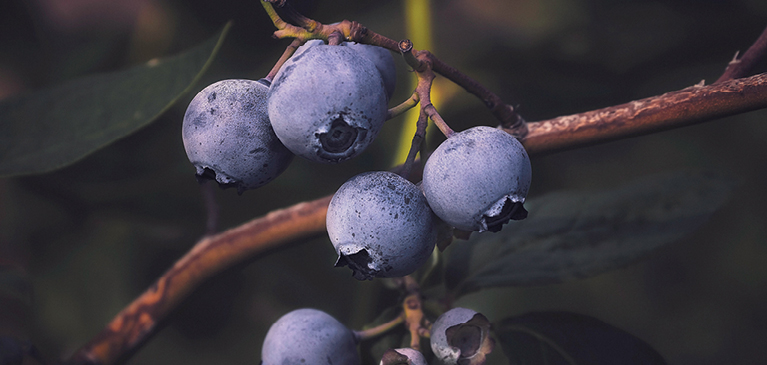
It's hard to sleep at night when a huge storm, frost, or drought is looming. Those big events that affect the whole neighborhood can be disastrous and hard to recover from. Just say "2012" to any fruit grower and watch them shudder with bad memories. In 2012 we didn't have all the risk mitigation solutions we have now.
In 2015, the Risk Management Agency (RMA) released the Supplemental Coverage Option (SCO), as an enhancement to Actual Production History (APH), Yield Protection (YP), Revenue Protection (RP), and Revenue Protection with Harvest Price Exclusion (RP-HPE). SCO is one of the more attractively priced products and is subsidized at 65%, making it one of the most cost-effective ways to enhance coverage and manage risk. It is available as a supplement to CAT as well as the higher tier coverages.
SCO follows a grower’s existing policy by starting where the underlying policy stops and taking that coverage to 86%. Remember that most fruit APH policy’s max out at 75% and are often expensive to obtain that level of coverage. Uniquely, SCO pays losses based on an area-wide-loss, not on the individual experience. The coverage begins where a producer’s primary policy leaves off, and extends to 86% of their production history.
For example, if a producer has a CAT policy that covers 50% of their production, then they are gaining an additional 36% of their average. Losses are paid based on county performance. If the county (or in some cases multiple counties) slips below 86% of their projected production per acre, then losses are automatically paid to the grower based on their average history. If the county (or counties) are at 80% of the projection, the producer will get paid 6% of their average (86% - 80% = 6%). These losses would be paid regardless of a producer’s individual experience.
So why might you like this coverage?
1. The cost. It one of the cheapest solutions available to growers.
2. It’s a little more predictable. We can look back 20+ years and see when and where this policy would have triggered a payment for the grower.
3. It provides a security against those “BIG” events that keep everyone awake at night. If there had been SCO in 2012, many growers would have slept better. Sometimes you can’t fight Mother Nature, and usually your neighbors and most of the county are going to be in the same situation.
4. It’s available to many fruit growers! This one is rare, as there isn’t usually a lot of supplements for fruit growers, which typically leaves them with a substantial gap to self-insure.
5. SCO offers growers with young perennials that have a poor historical average, a chance at legitimate coverage. It is common for young blocks of perennial fruit to have a historical average that doesn’t represent the blocks’ expectations. That makes it difficult to trigger a claim even though you’ve experienced legitimate losses.
For 2020, SCO was available for apples, blueberries, grapes, peaches, and more. (SCO is also available for many of row crops, as long as the producer did NOT select ARC from FSA.)
SCO doesn’t work for everything. For example: a hailstorm hits only you; not the county. SCO probably won’t help, but your base policy will.
Or, a frost event killed 40% of your bloom. SCO will probably help because it probably hit everyone!
Is SCO right for your farm? Maybe. A crop insurance specialist well-versed in all available options should always be consulted when determining what coverage is right for your farm. No operation is the same as another. Your risks and goals should always be mindfully evaluated every year.
To view the article in the online 2020 Summer Partners Magazine, click here.


